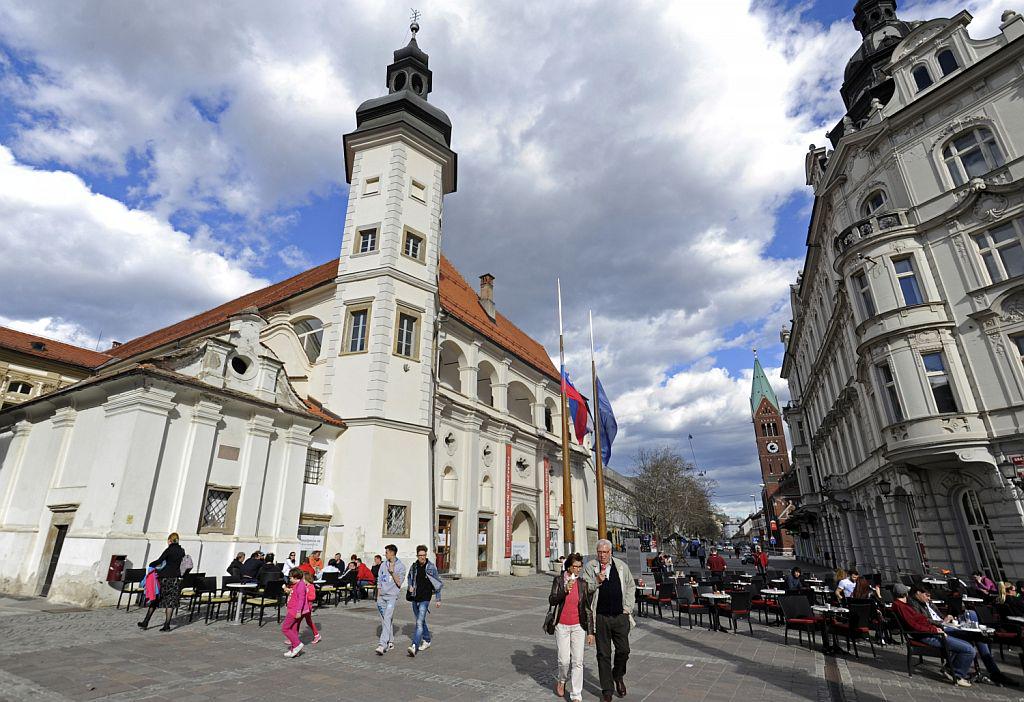
One April evening in 1883 was unlike any prior evening in Maribor, Slovenia’s second largest city. As dusk settled on the town, candles and gas lights flickered to life, but they were joined by the glare of an entirely different source of light – one that made 1883 go down in Slovenian history books.
A few months earlier, a local industrialist named Karel Scherbaum, who owned a local bakery and a steam mill, had decided to bring an electrical system to Maribor. What the astonished passersby were seeing in front of the Scherbaum family home was Slovenia’s first electric lightbulb.
The bulb, powered by a brand-new electrical generator that had been connected to the steam mill’s engine, represented the cutting edge of science. It was the first one of its kind in this part of Europe and it came to life less than four years after Edison had invented the modern carbon filament lightbulb. When completed, the electrical setup in Maribor consisted of 36 bulbs, most of them located in the nearby bakery owned by the Scherbaum family.
The following year, the Postojna Cave in southwestern Slovenia was equipped with electric light, which helped to make it one of the most popular tourist destinations in in the country. Maribor got the first publicly owned electric streetlight in 1888 on the occasion of the Crown Prince’s visit to the city. (The light was temporary, however, and it wasn’t until the 1920s that Maribor’s gas lights were replaced with electric lighting.)
The location of the original light in front of Scherbaums’ home on Castle Square is now a part of Maribor’s Industrial Walking Trial. It reminds curious visitors of an entrepreneurial industrialist and a new technology that would eventually chase away the darkness of the night.

































































